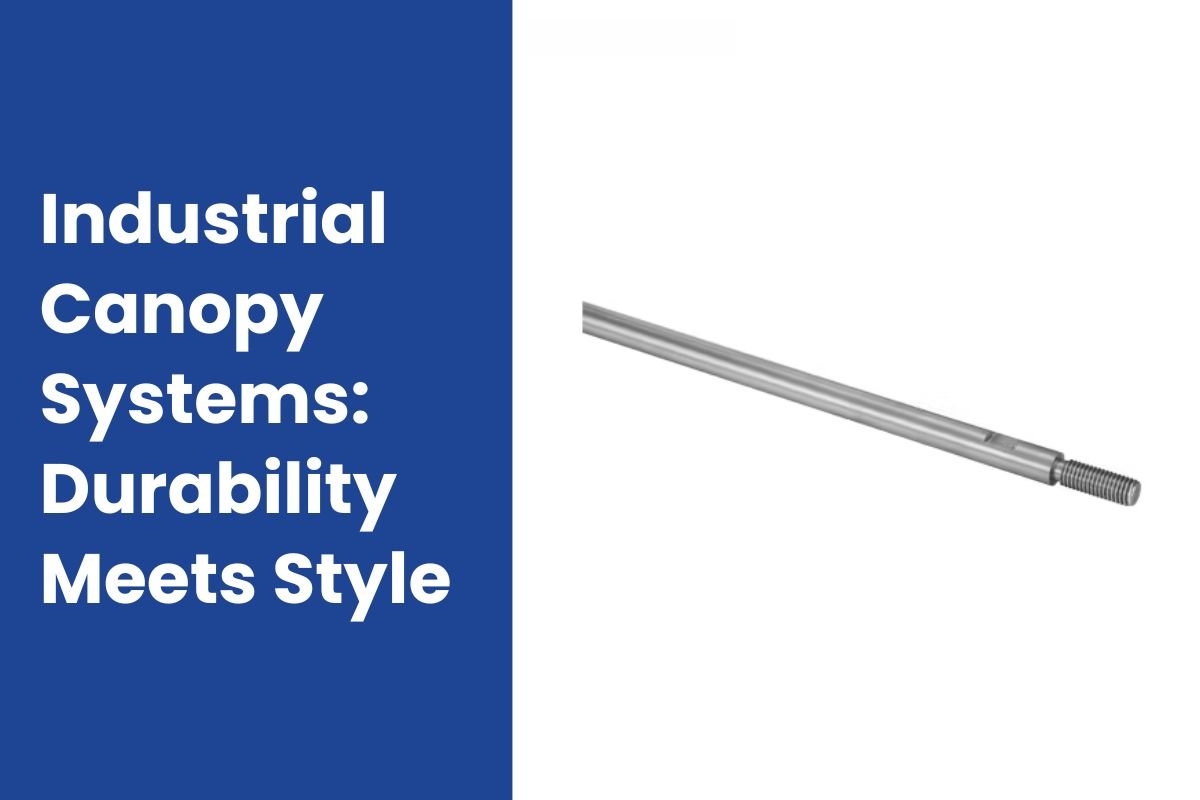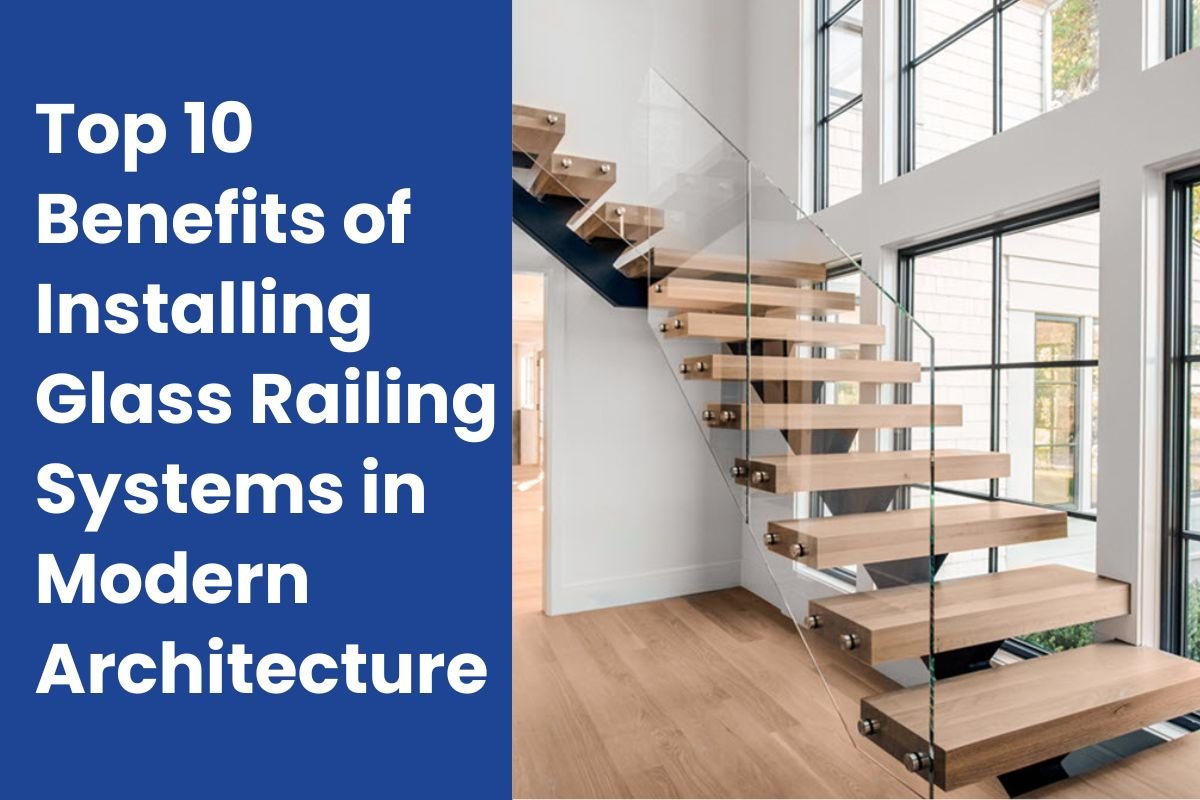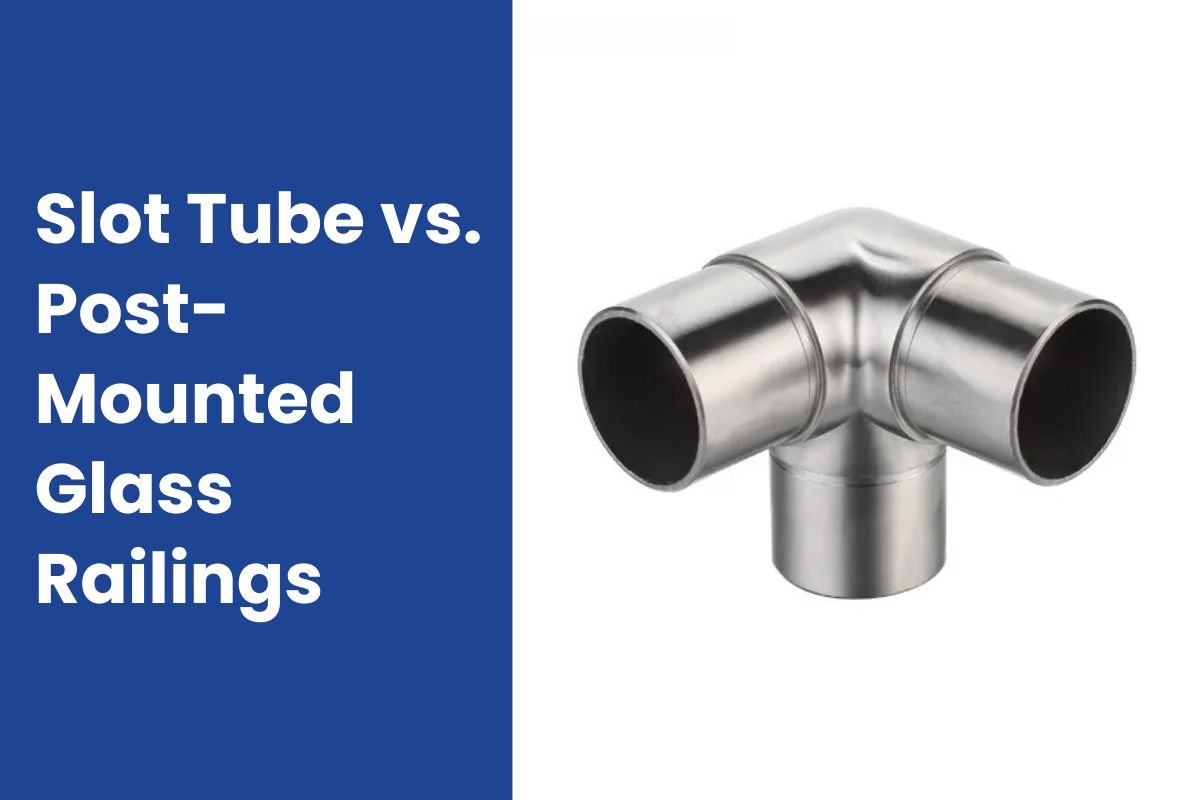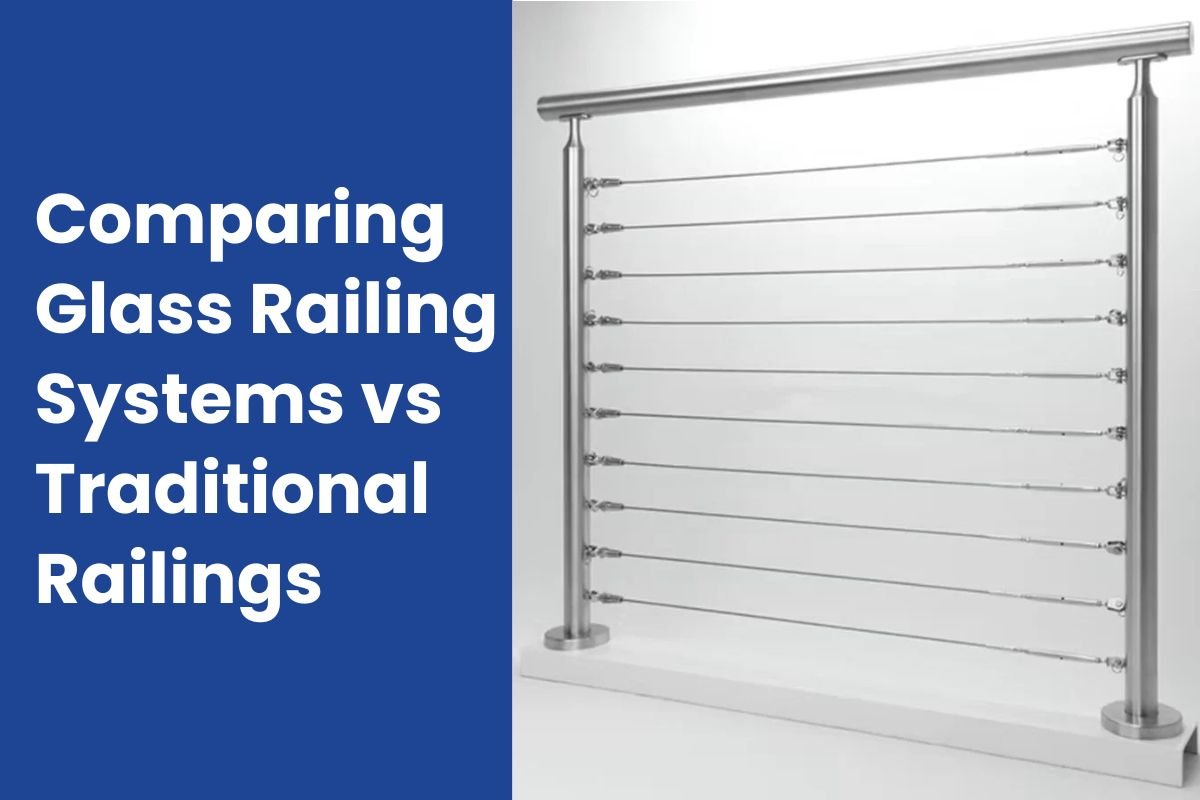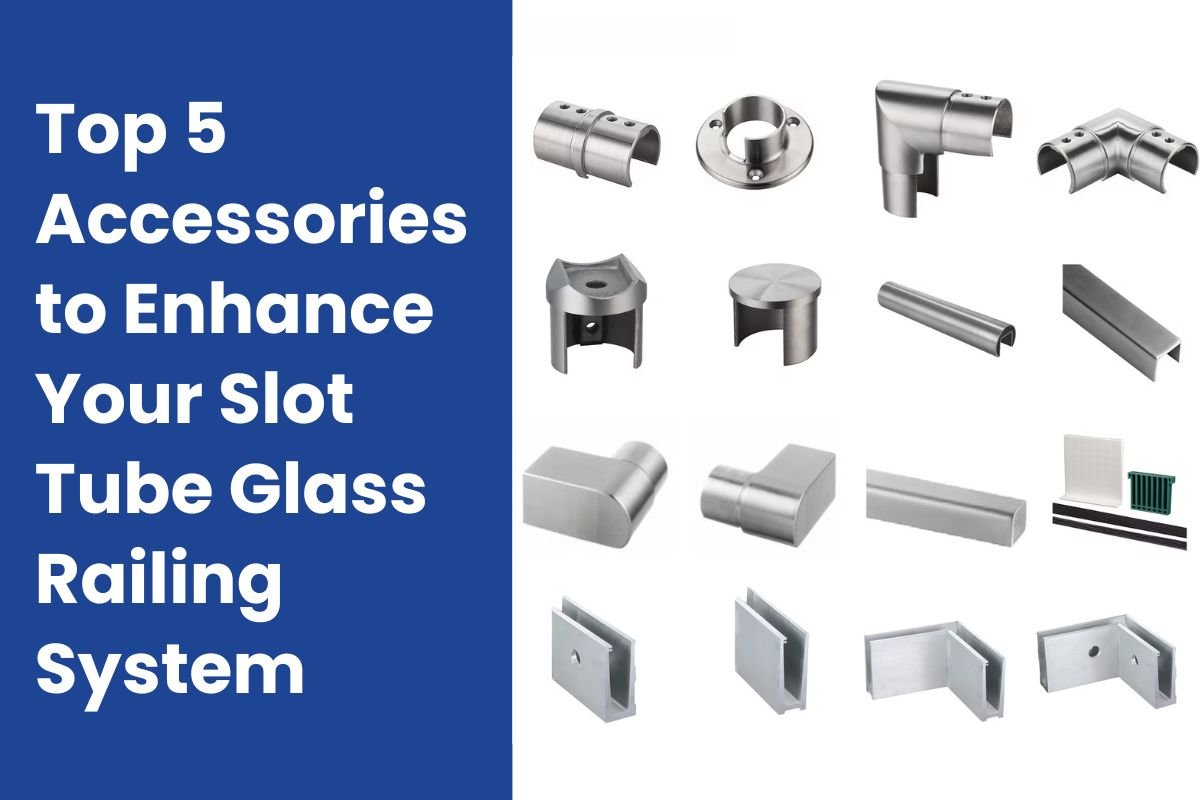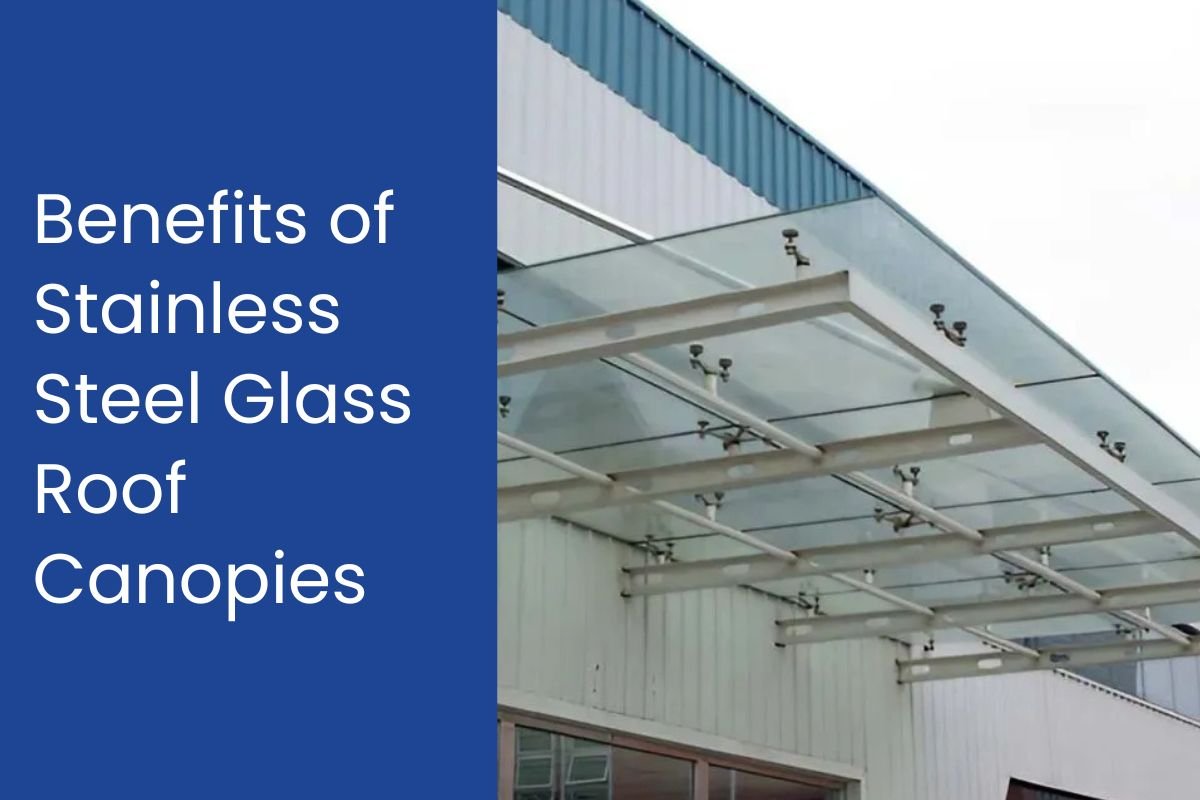Industrial canopy systems have become an essential architectural element in modern construction, blending functionality with aesthetic appeal. These systems not only provide shelter and protection but also enhance the visual appeal of buildings, making them a popular choice for both commercial and residential spaces. In this blog, we’ll explore the durability, style, and versatility of industrial canopy systems, offering insights into their design, materials, and applications. Whether you’re an architect, builder, or homeowner, this guide will help you understand why industrial canopy systems are a smart investment.
What is an Industrial Canopy System?
An industrial canopy system is a structural framework designed to provide shelter, shade, and protection from environmental elements. These systems are commonly used in outdoor spaces such as entrances, walkways, patios, and parking areas. They are engineered to withstand harsh weather conditions while maintaining their structural integrity and aesthetic appeal.
Industrial canopy systems are typically made from durable materials like aluminum, steel, and glass, ensuring longevity and low maintenance. Their modular design allows for customization, making them suitable for various architectural styles and functional requirements.
For a wide range of canopy system options, check out our Canopy System Collection.
Durability Meets Style in Canopy Systems
One of the biggest misconceptions about industrial architecture is that strength means sacrificing beauty. Not anymore.
Thanks to advanced engineering, modern canopy systems combine rugged durability with sleek, contemporary designs. Picture this: a crystal-clear glass canopy system above a corporate entrance—strong enough to handle wind and snow loads, yet stylish enough to elevate the building’s image.
This balance makes canopy systems a long-term investment for businesses seeking both functional value and aesthetic branding.
Materials Used in Industrial Canopy Systems
The performance of a canopy depends heavily on the material. Let’s break down the most common options:
| Material | Durability | Style Factor | Best Use |
|---|---|---|---|
| Steel | Extremely strong, long lifespan | Industrial and modern look | Warehouses, factories, loading docks |
| Aluminum | Lightweight, corrosion-resistant | Clean, polished appearance | Office buildings, malls |
| Glass | Modern, sleek, weather-resistant | High aesthetic value | Entrances, hotels, luxury spaces |
| Polycarbonate | Strong yet lighter than glass | Semi-transparent finish | Budget-friendly outdoor areas |
One excellent example is the Modern Glass Canopy System available from trusted suppliers, showing how glass creates a bold yet sophisticated effect.
Types of Industrial Canopy Systems
Industrial canopies aren’t one-size-fits-all. They come in several variations:
- Entrance Canopies – Create a welcoming first impression for visitors while providing shelter.
- Walkway Canopies – Protect employees or customers moving between buildings.
- Loading Dock Canopies – Ensure smooth operations during loading/unloading regardless of weather.
- Glass Canopy Systems – Sleek architectural highlights often seen in commercial properties.
If you’d like to see specific canopy models, Urailing showcases a range in their product catalog
Benefits of Installing an Industrial Canopy System
An Industrial Canopy System isn’t just about looks—it’s about real, measurable advantages:
- Weather Protection – Keeps rain, snow, and UV rays at bay.
- Enhanced Safety – Prevents slippery walkways and protects goods during loading.
- Energy Efficiency – Reduces direct sunlight, lowering cooling costs.
- Brand Identity – A stylish canopy enhances a building’s visual appeal.
- Long-Term Savings – With low maintenance and high durability, canopy systems are cost-effective.
Design Inspirations & Architectural Trends
Architects today aren’t just designing for function—they’re designing for brand storytelling. A canopy can transform a plain entrance into a statement piece.
Trends include:
- Minimalist Glass Canopies with frameless structures.
- LED-Lit Canopies that enhance nighttime aesthetics.
- Green Canopy Systems integrating solar panels or greenery for sustainability.
Types of Industrial Canopy Systems
Glass Canopy Systems
Glass canopy systems are a popular choice for those looking to combine functionality with elegance. These systems allow natural light to filter through while providing protection from the elements. For high-quality glass canopy systems, check out China Supplier High-Quality Modern Glass Canopy System.
Steel Canopy Systems
Steel canopy systems are known for their strength and durability. They are ideal for industrial settings where robust protection is required.
Aluminum Canopy Systems
Aluminum canopy systems offer a lightweight yet durable solution. They are resistant to corrosion, making them perfect for outdoor applications.
Sliding Door Canopy Systems
Sliding door canopy systems combine functionality with convenience. They are perfect for spaces that require easy access and ventilation. Explore more options at Sliding Door System and Canopy System Catalog.
Industrial Applications Across Different Sectors
Canopy systems are versatile. Here’s where they shine the most:
- Warehouses & Factories – Protect goods and staff during loading.
- Shopping Malls – Stylish entrances that attract customers.
- Airports & Transport Hubs – Large-scale canopies for passenger comfort.
- Hospitals – Covered entryways for ambulances and patient arrivals.
- Office Buildings – Sleek glass designs for professional appeal.
These design ideas show how canopy systems are no longer just add-ons—they’re integral parts of architectural identity.
Step-by-Step Installation Process
Installing an Industrial Canopy System requires precision. Here’s how professionals usually do it:
- Site Analysis & Design Consultation – Evaluating structural needs.
- Material Selection – Based on durability, budget, and aesthetics.
- Engineering & Fabrication – Ensuring safety standards.
- Installation – Mounting, aligning, and securing the canopy system.
- Final Inspection – Ensuring performance under load conditions.
If you’re considering installation, you can connect with Urailing’s experts here.
How to Choose the Right Canopy System for Your Project
Before purchasing, ask yourself:
- What’s my primary purpose—function, style, or both?
- What’s my budget range?
- Do I need a glass canopy system for a premium look or steel for rugged use?
- How important is branding in my building design?
Urailing’s canopy system collection provides options across different use cases.
Comparison of Top Suppliers
When it comes to canopy systems, two names stand out:
- Urailing – Known for durable, stylish, and innovative canopy systems.
- Unikim China – Offers a wide variety of modern glass canopy systems and sliding door integrations.
Both suppliers excel in different aspects, making them top choices for industrial and commercial projects.
Comparison of Top Suppliers
When it comes to canopy systems, two names stand out:
- Urailing – Known for durable, stylish, and innovative canopy systems.
- Unikim China – Offers a wide variety of modern glass canopy systems and sliding door integrations.
Both suppliers excel in different aspects, making them top choices for industrial and commercial projects.
Differences Between Indoor and Outdoor Sliding Door Systems
While both indoor and outdoor sliding door systems share some similarities, there are key differences to consider:
- Material Durability: Outdoor doors require materials that can withstand weather conditions, such as aluminum or stainless steel, while indoor doors can use lighter materials like glass.
- Insulation: Outdoor sliding doors often feature enhanced insulation to improve energy efficiency, whereas indoor doors focus more on aesthetics and space-saving.
- Security Features: Outdoor doors are equipped with advanced locking mechanisms for added security, which is less of a concern for indoor doors.
- Design Flexibility: Indoor doors offer more design flexibility, with options like frosted or patterned glass, while outdoor doors prioritize functionality and durability.
For more insights into the strength and style of aluminum-framed sliding doors, visit: Aluminium Framed Sliding Glass Doors.
Final Thoughts
An Industrial Canopy System is more than just overhead protection—it’s a blend of durability and style that enhances both functionality and brand appeal. Whether you choose steel, aluminum, or glass, investing in the right canopy system adds long-term value to your building.
If you’re ready to explore cutting-edge designs, visit Urailing’s canopy collection or reach out via their contact page.
FAQs
What materials are industrial canopies made of?
Industrial canopies are commonly made from steel, aluminum, tempered glass, and sometimes polycarbonate or PVC roofing materials, designed to provide durability and aesthetic appeal.
How long do industrial canopy systems typically last?
With proper materials and maintenance, industrial canopies can last 20 years or more, especially when built to meet industry durability standards.
Are glass canopy systems durable enough for industrial use?
Yes, modern glass canopy systems use tempered or laminated glass combined with robust support frames, offering excellent durability and weather resistance.
Can industrial canopy systems be customized?
Absolutely, canopy systems can be tailored with features like lighting, CCTV, rainwater guttering, sized for specific needs, and installed on various surfaces.
How quickly can industrial canopies be installed?
Most industrial canopies can be installed within 3-5 days, minimizing operational downtime.

